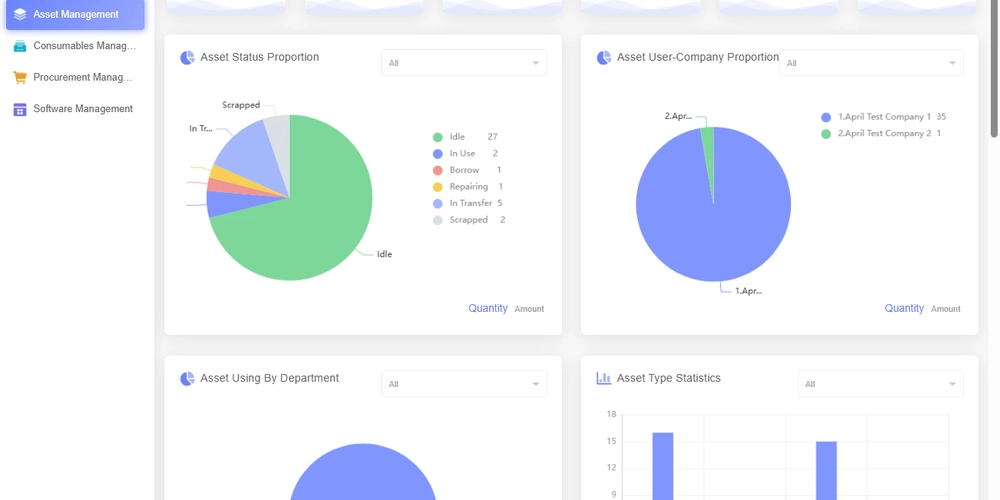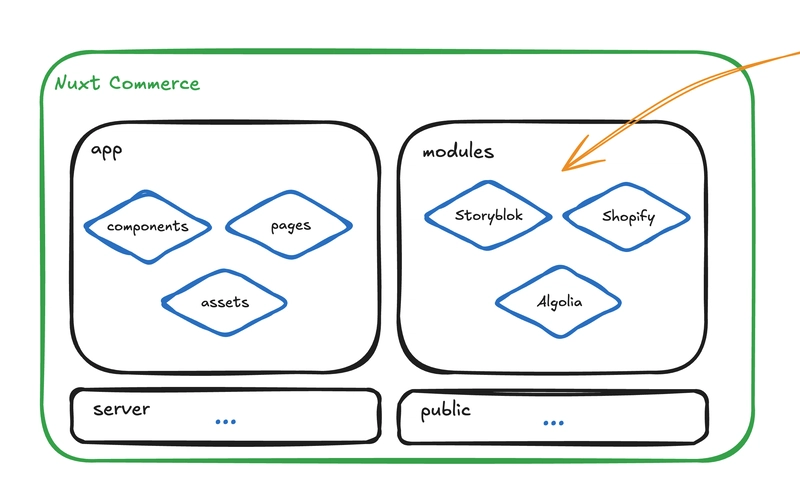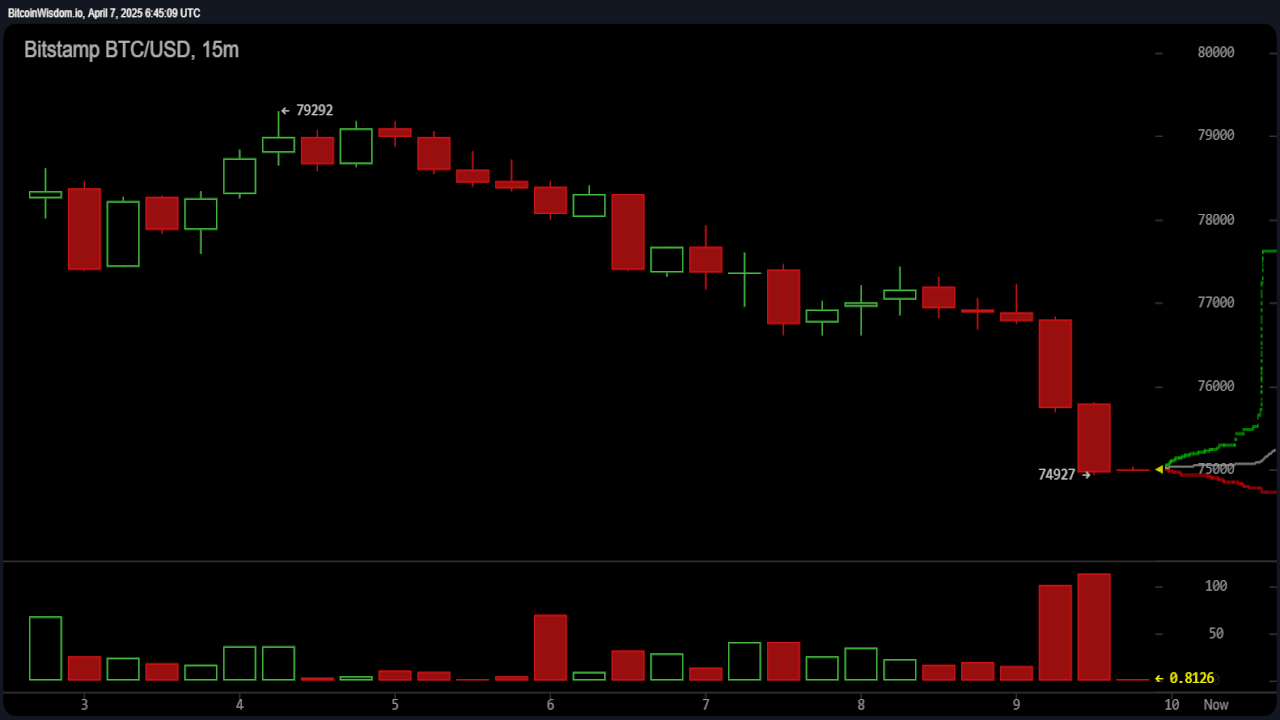The Importance of Enterprise Asset Management (EAM) for Modern Businesses
In today’s competitive business landscape, optimizing asset performance and minimizing operational costs are critical for long-term success. Enterprise Asset Management (EAM) plays a pivotal role in helping organizations maximize the value of their physical assets while ensuring efficiency, compliance, and sustainability. What is Enterprise Asset Management (EAM)? Enterprise Asset Management (EAM) refers to the systematic approach to managing the lifecycle of physical assets — from acquisition and maintenance to disposal. EAM solutions leverage technology, data analytics, and best practices to improve asset reliability, reduce downtime, and extend asset lifespans. Industries such as manufacturing, utilities, transportation, and healthcare rely on EAM to: ✔ Enhance operational efficiency — Streamline maintenance workflows and reduce unplanned downtime. ✔ Cut costs — Optimize asset utilization and minimize wasteful spending. ✔ Ensure compliance — Meet regulatory standards and industry requirements. ✔ Improve decision-making — Use real-time data to predict failures and schedule maintenance proactively. Key Benefits of Implementing an EAM System Extended Asset Lifespan Regular maintenance and condition monitoring prevent premature asset failures, ensuring longer usability and better ROI. Reduced Operational Risks Predictive maintenance and safety checks minimize workplace hazards and compliance violations. Cost Savings By avoiding emergency repairs and optimizing resource allocation, businesses can significantly reduce expenses. Data-Driven Insights Modern EAM software provides analytics and reporting tools to track performance trends and make informed decisions. Sustainability & Energy Efficiency Proper asset management reduces energy waste and supports eco-friendly operations. Effective Enterprise Asset Management is no longer optional — it’s a necessity for businesses aiming for growth and sustainability. By adopting advanced EAM strategies, companies can unlock greater efficiency, reduce risks, and drive long-term success. With our EAM solutions, your business can achieve higher productivity, lower costs, and a stronger competitive edge!

In today’s competitive business landscape, optimizing asset performance and minimizing operational costs are critical for long-term success. Enterprise Asset Management (EAM) plays a pivotal role in helping organizations maximize the value of their physical assets while ensuring efficiency, compliance, and sustainability.
What is Enterprise Asset Management (EAM)?
Enterprise Asset Management (EAM) refers to the systematic approach to managing the lifecycle of physical assets — from acquisition and maintenance to disposal. EAM solutions leverage technology, data analytics, and best practices to improve asset reliability, reduce downtime, and extend asset lifespans.
Industries such as manufacturing, utilities, transportation, and healthcare rely on EAM to:
✔ Enhance operational efficiency — Streamline maintenance workflows and reduce unplanned downtime.
✔ Cut costs — Optimize asset utilization and minimize wasteful spending.
✔ Ensure compliance — Meet regulatory standards and industry requirements.
✔ Improve decision-making — Use real-time data to predict failures and schedule maintenance proactively.
Key Benefits of Implementing an EAM System
Extended Asset Lifespan
Regular maintenance and condition monitoring prevent premature asset failures, ensuring longer usability and better ROI.
Reduced Operational Risks
Predictive maintenance and safety checks minimize workplace hazards and compliance violations.
Cost Savings
By avoiding emergency repairs and optimizing resource allocation, businesses can significantly reduce expenses.
Data-Driven Insights
Modern EAM software provides analytics and reporting tools to track performance trends and make informed decisions.
Sustainability & Energy Efficiency
Proper asset management reduces energy waste and supports eco-friendly operations.
Effective Enterprise Asset Management is no longer optional — it’s a necessity for businesses aiming for growth and sustainability. By adopting advanced EAM strategies, companies can unlock greater efficiency, reduce risks, and drive long-term success. With our EAM solutions, your business can achieve higher productivity, lower costs, and a stronger competitive edge!









































































































































































![[The AI Show Episode 142]: ChatGPT’s New Image Generator, Studio Ghibli Craze and Backlash, Gemini 2.5, OpenAI Academy, 4o Updates, Vibe Marketing & xAI Acquires X](https://www.marketingaiinstitute.com/hubfs/ep%20142%20cover.png)































































































































![[DEALS] The Premium Learn to Code Certification Bundle (97% off) & Other Deals Up To 98% Off – Offers End Soon!](https://www.javacodegeeks.com/wp-content/uploads/2012/12/jcg-logo.jpg)

![From drop-out to software architect with Jason Lengstorf [Podcast #167]](https://cdn.hashnode.com/res/hashnode/image/upload/v1743796461357/f3d19cd7-e6f5-4d7c-8bfc-eb974bc8da68.png?#)








































































































.png?#)


































_Christophe_Coat_Alamy.jpg?#)



.webp?#)






































































































![Apple Considers Delaying Smart Home Hub Until 2026 [Gurman]](https://www.iclarified.com/images/news/96946/96946/96946-640.jpg)
![iPhone 17 Pro Won't Feature Two-Toned Back [Gurman]](https://www.iclarified.com/images/news/96944/96944/96944-640.jpg)
![Tariffs Threaten Apple's $999 iPhone Price Point in the U.S. [Gurman]](https://www.iclarified.com/images/news/96943/96943/96943-640.jpg)

































































































































